Clothes, furniture, and packaging material. These are just some of many things for which seaweed is used. Not surprisingly, this versatile natural product is becoming increasingly popular. And sea vegetables are also hot and happening on the plate. Martijn van Damme traded in onions for edible seaweed. He started a sustainably grown sea vegetables trading company. "It's a pioneering market with great potential," he begins.
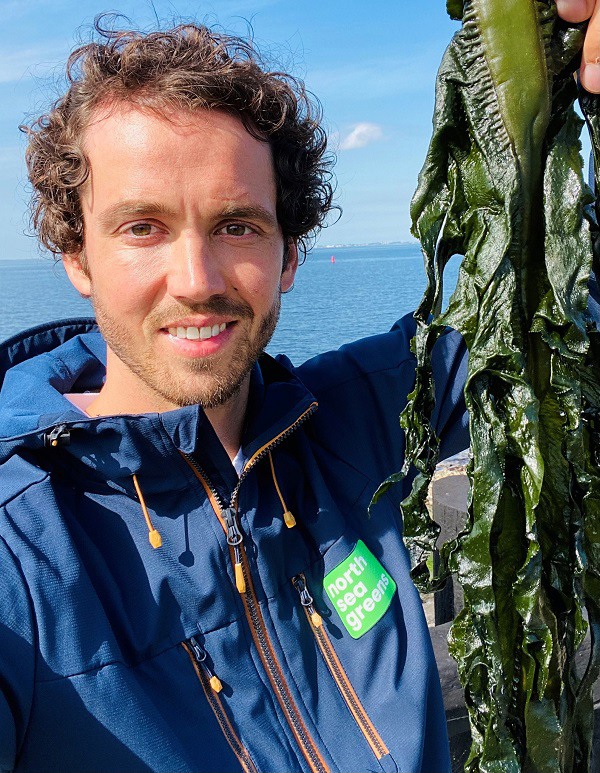 North Sea Greens’ Martijn van Damme
North Sea Greens’ Martijn van Damme
North Sea Greens is a Dutch company that supplies seaweed products to the consumer market. These are locally and sustainably grown in Europe. Martijn founded the company together with his father, who was also previously in the onion business. "We're passionate about the food sector. And we'd been interested in seaweed for a while," he explains.
"Sea vegetables are tremendously healthy. They contain many vitamins, proteins, and minerals. Also, agricultural land is under pressure. And plant-based foods are the future. You can grow seaweed on water. You don't need fresh water, fertilizers, or pesticides. Seaweed effectively contributes to CO2 absorption too. We believe sustainably cultivated seaweed can be of considerable help to people and the environment. It's the vegetable of the future."
Local, sustainable farming
The company buys its seaweed from a fixed group of growers. They farm in the northwest of Europe, from France to Norway. "We want to source as locally as possible. The cultivation method in Europe is sustainable. All producers meet the set quality requirements. The water quality is also good. All the producers we work with grow at sea," says Martijn.
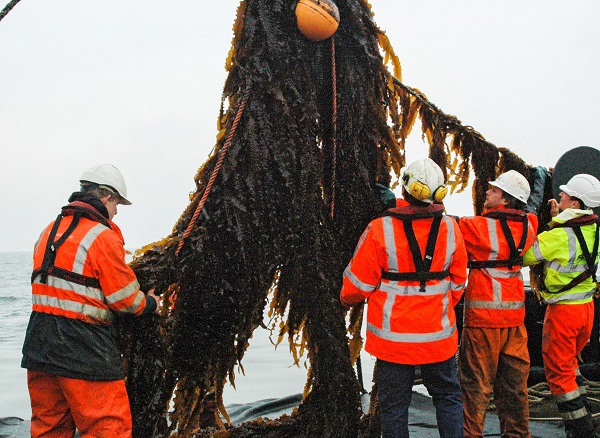 The seaweed harvest
The seaweed harvest
"A few do controlled ocean harvesting. They then don't cultivate the products intentionally but cut them to keep them growing. More seaweed is also being grown on land. Sea lettuce, for example, is already widely grown in basins. That controlled environment allows for even greater quality control."
Seaweed, a truly seasonal product, is available fresh from spring to fall. But how is it cultivated? Van Damme explains: "In the fall, the seaweed sporophytes 'adhere' to filaments. This attachment and growth, or raising, are done in an indoor space called a hatchery. When the plants are large enough, they are hung out at sea. You can then begin harvesting in spring. That depends on the cultivation area and the species."
"Royal Kombu, for instance, is harvested in the spring. It sounds pretty simple, but it's not. You can't just grow what you want, where you want. There's a lot involved, both permits and certifications-wise as well as technically. As with other natural products, the weather plays a role. Say it's stormy, then the water gets rough. That can cause losses. That's definitely something to consider when growing in the open ocean. Temperature, too, affects the growth and therefore the yield."
North Sea Greens trades about ten seaweed varieties. Besides sea lettuce, that includes Sea Truffle, Sea Spaghetti, Nori, Wakame, Royal Kombu, Atlantic Wakame, and Dulse. All are grown sustainably and organically. The products are largely supplied pickled, dried, or fresh-frozen, ensuring an extended shelf life.
"Freshly brined seaweed lasts for six months to a year. The dried product, for even up to two years. Dried seaweed has a major advantage. When you soak it in water, it returns to almost full freshness. Only a small percentage is supplied truly fresh. You can keep fresh seaweed for only 48 hours. So, it's very expensive and exclusive. Only the highest-end segment wants it," Martijn continues.
More and more sea vegetables on the plate
North Sea Greens' client base includes restaurants, hospitality sector suppliers, wholesalers, and the food processing industry. "The latter is an important sales market. Think of seaweed burgers, chips, snacks, and sushi sheets. These products are easily absorbed by the market and are in high demand."
"Yet, in Europe, most of the seaweed contained in these products is still produced in Asia. They grow far more seaweed than in Europe. European cultivation costs are quite high too. That's partly due to three things. Labor costs are relatively higher and the cultivation method is sustainable. Also, there are high quality and certification standards," says Martijn.
Sea vegetables are also gaining popularity in eateries. Higher-end restaurants are including these more and more in their dishes. There is an increasing interest from mid-range establishments as well. "That's a good sign. People, especially in the 25 to 50-year bracket, like being surprised. Hospitality businesses also want to distinguish themselves with new products."
"Yet there's still a piece of market acceptance lacking. Seaweed is a new product. It has everything going for it. That's given the increasing awareness of sustainable, healthy, plant-based food. You'd think it would sell itself. But it's still quite challenging to get consumers to cook with sea vegetables," Martijn adds.
Using recipes and versatility as inspiration
According to him, many people find it difficult to start using seaweed. That is primarily because they do not know what to do with it. North Sea Greens will thus soon put a lot of effort into inspiring customers. To this end, the company is working with a well-known Dutch chef, among others. "You can do a lot with the sea vegetables. You can use them in croquettes and beer. Or as a salt substitute or garnish for main meals. Or even to flavor salads. So we prefer calling our products sea vegetables."
"They're so much more than just seaweed. It's truly food. This chef and we have begun creating recipes and all kinds of possible uses. We want to inspire customers. Each product has a distinctive flavor. You can use them to turn any meal into something special. Nori, for example, is slightly nutty, while Dulse tastes a little like bacon when you heat it. It works very well as a potato seasoning. Royal Kombu is often used in broths, like for the famous Japanese soup Dashi," explains Van Damme.
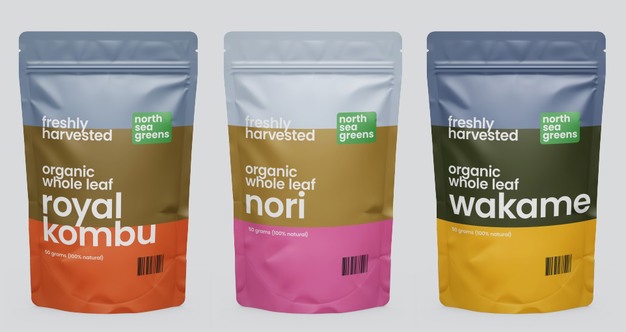
North Sea Greens packaging
"At first, we'll focus mostly on the hospitality industry. People must have a positive seaweed experience. Then it's more likely that they'll start using it at home and share their experience with others. We're also developing consumer products for the retail segment. This is great fun and an exciting process. But, it involves a lot of work. Supermarkets currently mostly offer Asian products."
"You really can't compare those to our unprocessed, pure product. Of course, we benefit from Asian cuisine's popularity. People are also noticeably truly enthusiastic about our sea vegetables. That gives us the confidence to focus even more on market acceptance. There's still plenty to be gained. Producing and marketing seaweed is still a pioneering market - one with much potential."
Large scale seaweed production in the North Sea
Seaweed cultivation is on the rise in Europe. However, compared to global production, it is still being done on a small scale. It accounts for about two percent of worldwide cultivation. European seaweed production amounts to over 300,000 tons per year (fresh weight).
Worldwide, that production tops 32 million tons (fresh weight). China, Indonesia, Japan, and South Korea are the largest growing countries. Together these countries cultivate 95% of the world's seaweed. More than 75% of this production is intended for the food market.
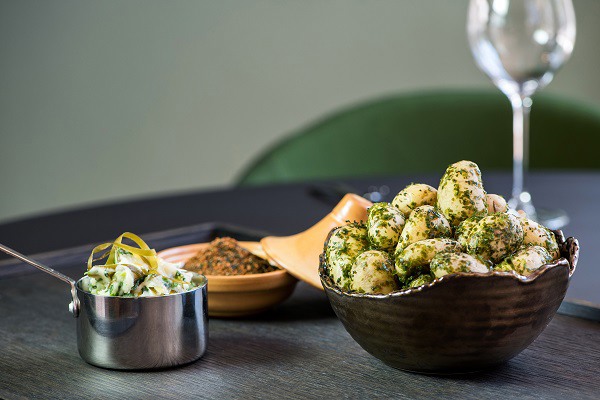
Martijn says there are plans to expand this cultivation in Europe. Research into large-scale seaweed production in the North Sea has been going for years. Norther is a Belgian wind farm. It lies about 25km from Westkapelle in the Netherlands and Zeebrugge in Belgium. There, last year, about 100 ha of seaweed was planted as a test. This spring, they harvested the first of this.
Cultivation at this and other wind farms in the North Sea is expected to expand considerably in the future. Figures show that European production could grow to about ten percent of the global crop. Seaweed's positive outlook might prove to be a solution to the world's food shortage. And its role in reducing CO2 emissions certainly contributes to this good forecast. Also, the demand for plant-based, healthy, sustainable food is growing rapidly.
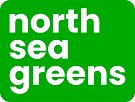 Martijn van Damme
Martijn van Damme
North Sea Greens
T: +31 (0)166-7440199
[email protected]
www.northseagreens.nl
